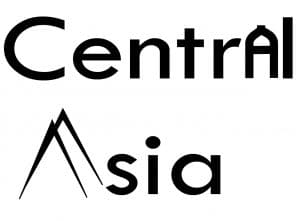Kyrgyz wedding traditions
Kyrgyz Wedding
Family and relatives are considered the highest priority in Kyrgyz culture. Therefore, having a family of your own is very significant for every Kyrgyz person. The best time to start to family and therefore to have a wedding, is in the autumn or late summer. September, October and November are considered the months for the party (toy in Kyrgyz) season, particularly wedding celebrations time of the year in Kyrgyzstan and also in Central Asia in general. The reason for the time is logic as the climate is more cool in the autumn and it is the harvest season with affordable fruits and vegetables promoting such events. Be sure to keep your eyes open for wedding celebration when taking part in one of our Kyrgyzstan tours. Locals are also eager to invite foreign guests to take part in the celebrations.
As a remnant of the Kyrgyz clan culture, some families still try to intermarry with “noble” families. Wealthy families often attempt to marry their kids to the children with the same social status. It is still fairly common in Kyrgyzstan that loyal friends or wealthy families arrange the union of their children. Sometimes children could be very young like infants or even yet unborn when their future spouses are already decided.
The Kyrgyz wedding ceremonies and traditions’ roots go back centuries but lately wedding traditions have been largely transformed due to the influence of the Soviet and later the modern time. Nevertheless, Kyrgyz wedding and what needs to take place before the actual party, has a lot of interesting phases to learn about. If you can make a Kyrgyz friend, you can be very sure that in time you will be invited to not a one, but several Kyrgyz weddings.
Kyrgyz people love parties and they use extravagant amounts of money for weddings, especially considering the average income of families. A normal Kyrgyz wedding (2 parties for one marriage!) has easily more than 200-300 guests and often many more.
Kyrgyz Engagement and wearing the earring
“Kuda Tushuu” indirectly translates as engagement but what has this to do with wearing earrings? When a couple decides the marry, there needs to be an obligatory visit of the groom’s family to the bride’s house to ask for bride’s family’s consent and groom’s family must bring a pair of golden earrings for the bride to wear. This is called “soiko saluu” (wearing of earrings).
Another important aspect of the visit is to negotiate the price of the bride (kalym). After everything has been negotiated and agreed upon, the groom gives a pair of golden earrings from the groom’s family for the official engagement.
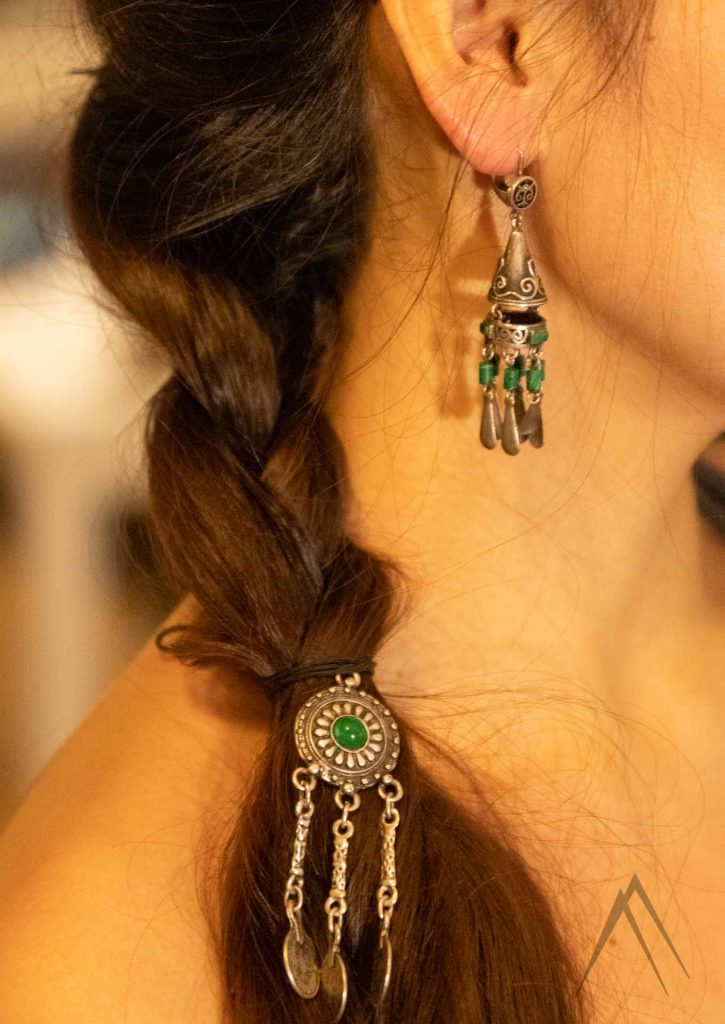
Bride's Price and Dowry
In Kyrgyzstan it is customary that in addition to more commonly known dowry (from bride’s family to groom’s family) there is also a price that the groom’s family should pay for the bride’s family for taking her away from them. Bride’s price can be in the form of either money or livestock such as horses or cattle. These transactions also includes a gift exchange (kiyit kiygizyy) that usually mainly consists of clothes between the bride’s and groom’s families.
The actual dowry comes from the bride’s family and is meant mainly to the newlyweds. The main component of dowry is “sandyk” which is a chest containing new clothes for the bride. The chest is usually made from decorated walnut, juniper or spruce wood. The chest as a form with easy moveability has been an evolution of the nomadic culture due to the need of shifting location constantly. Today it acts more as a decoration for the house and a place for storing dishes, seasonal clothes, etc. Another significant part of dowry has been “toshok” which is the traditional Kyrgyz mattress used in yurts and nowadays also in modern apartments.
Usually they are colorful, easily foldable and used by guests as a surface to sit on the floor and for sleeping purposes. Apart from the chest and mattress for the bride, the dowry consists of dishes and other household items. Today the dowry items have been mostly replaced by household equipment such as washing machines, refrigerators, etc. The dowry is prepared by the bride’s mother and given as a gift to the couple.
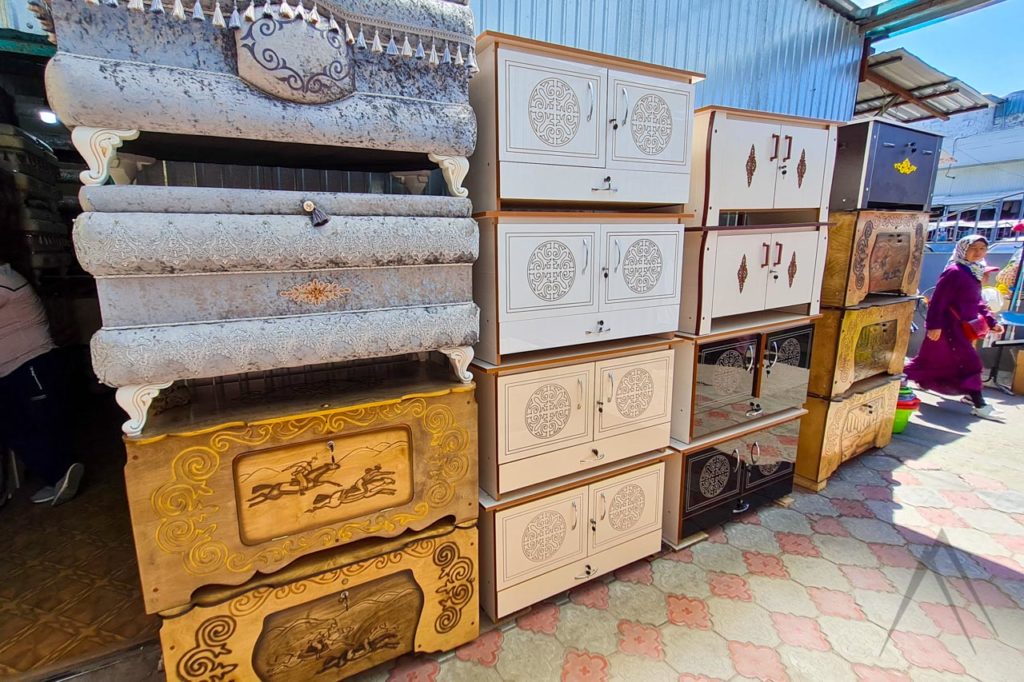

Scarf, curtain and nikah (marriage contract) in Kyrgyzstan
It is still an often seen tradition in Kyrgyzstan that young women are wearing a white scarf that represents purity and it means that the woman is newly wed. The scarf if placed on the bride’s head by groom’s family as a symbol of blessing. They are not always worn in public but more privately in the houses.
Once the bride has arrived to her new home, she is first guided to the curtain (koshogo, curtain hanged in the middle of the room) and the bride usually spends several days behind it while the visitors (relatives) come to meet the bride (kelin korruu) as the new member of the family and gift her traditionally more white scarves.
The actual marriage contract in Kyrgyzstan is done according to the muslim custom. It is called nikah (nike kiyuu), where a mullah reads a prayer and asks the couple of their consent to marry. Nikah usually takes place in a private house or in a mosque and it is customary that there are not many people witnessing it.
Kyrgyz Bride Farewell party
Kyrgyz people really love their parties and therefore it should not come as a surprise that there are actually two almost similarly important wedding parties instead of just one. The first one is organized in order to say good bye for the bride by holding a feast called “Kyz uzatuu”. After this party, the bride is taken to the groom’s house through a special ceremony.
Some of you might have also heard about the bride kidnapping of Kyrgyzstan (“ala kachyy” which translated as a grab and run without the bride’s consent) but it is not officially part of Kyrgyz traditions and is considered a crime. This being said, it is still happening, especially in the more rural areas of Kyrgyzstan where it is still often justified as a tradition and the local law enforcers might not be willing to take part in preventing it.
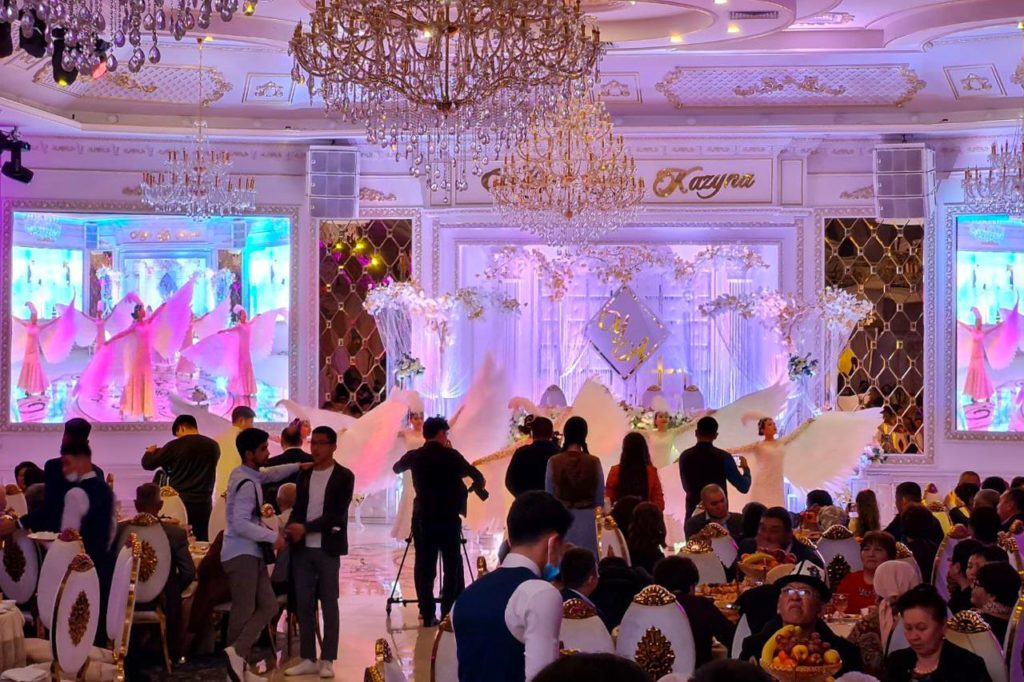
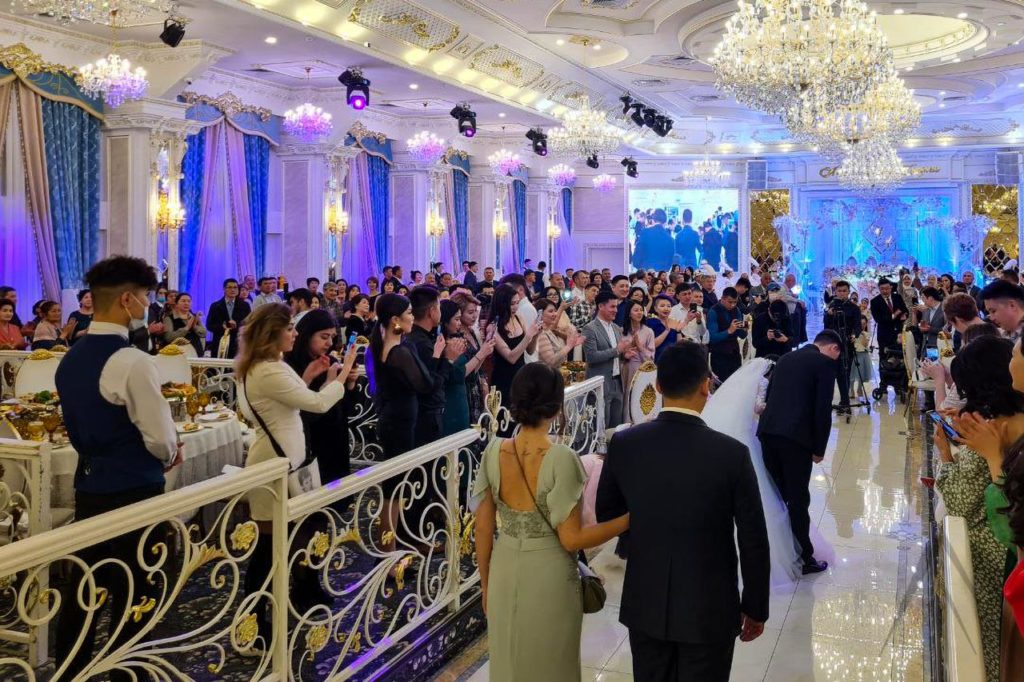
Back to the bride’s farewell party. This party is traditionally handled by the bride’s family and also most of the guests are relatives of them together with the closest family members of the groom. The groom’s relatives and friends are then invited on their turn to the main wedding. The celebration can be as big as the main wedding celebration and amount of guests may rise up to 500 people. For a foreigner it is hard to separate the events of this party from the actual events of the wedding (unless you understand Kyrgyz).
The Kyrgyz Wedding Day
The main wedding ceremony (Uilonuu Toi) starts with the bride’s make-up, hair and dressing preparation. Nowadays weddings are mainly celebrated in western-style elements that also cover the dress code of groom and bride. The groom usually wears a white or black suit, while the bride wears a western-style white wedding dress.
Around lunchtime, the groom with his friends come to take the bride from her home. Usually, there are some games where the men must overcome challenges to get the bride. Afterwards, the newlyweds together with friends and close relatives head to the registered office or a wedding place which is a secular inheritance influenced by the Soviet times. The ceremony is normally accompanied by a group of photographers and videographers. It is also customary to drive around the city honking constantly with the cars and to stop at the scenic or historical sights such as sculpture parks or war memorials in order to get photos or the partying group.
Finally the guests enter the main hall, find their seats and wait for the bride and groom to arrive. The seats are given according to the importance of the guests with elderly people and close relatives in the best views. Guests greet newlyweds standing while they enter accompanied by the singer singing a “Zhar-Zhar” song, while the groom and bride constantly bow to relatives and guests on their way to their seats in front of everyone.
The wedding celebration has usually three parts with dancing breaks. Each section has its main food in addition to the filled tables of various appetizers, salads, fruits, and sweets. Another significant part of a Kyrgyz wedding is when guests give their wishes for the couple – starting with the respected elders (the Aksakals) and slowly going through all the participants. The final course is of course the horse meat that is often served even with flaming dishes or otherwise in another prestigious way. The meat is also divided according to the age and importance of the people sitting in the table and sometimes disagreements on the division can even cause minor squabbles.
Last and very important part of a Kyrgyz wedding (and any occasion) is that all the remaining food is divided between the guests to be taken home. What a nice custom to reduce the food waste!
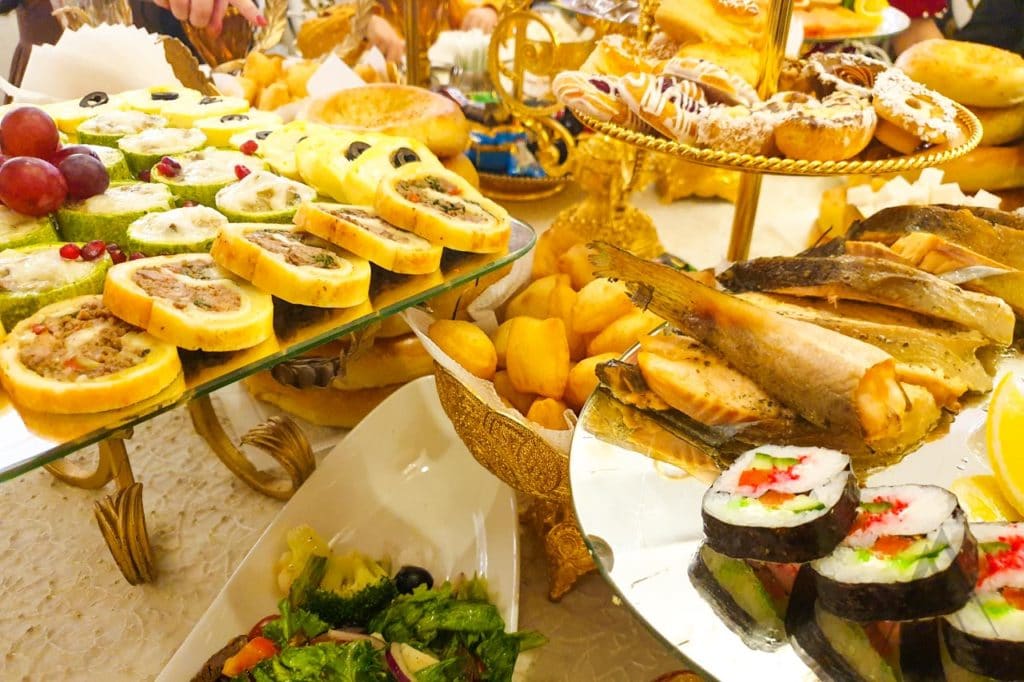
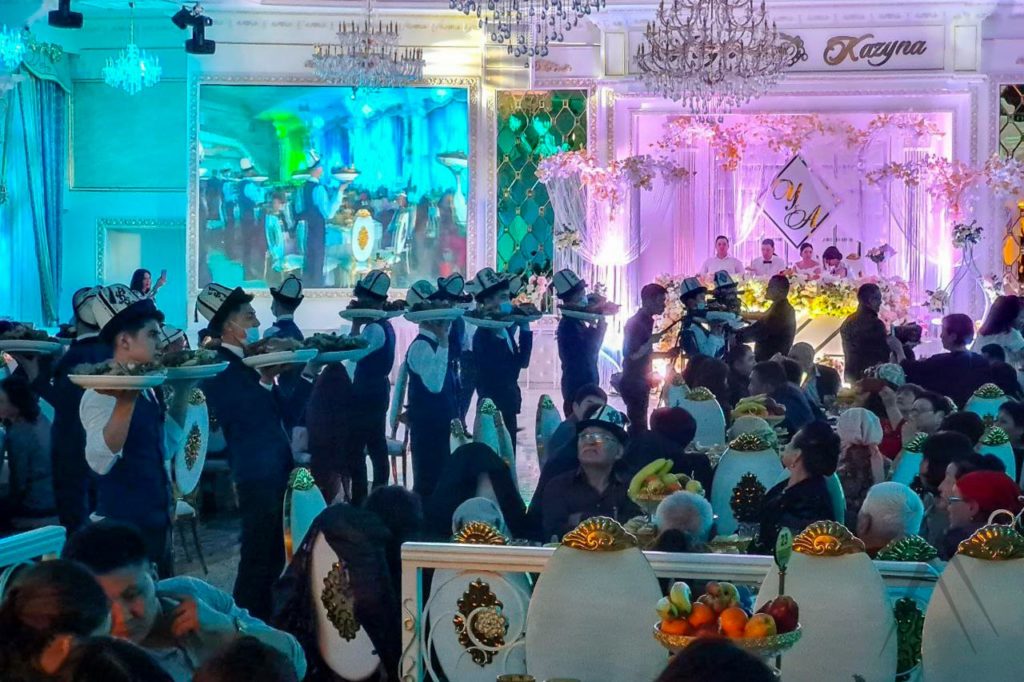
More about Kyrgyz culture
Page updated 27.3.2022
